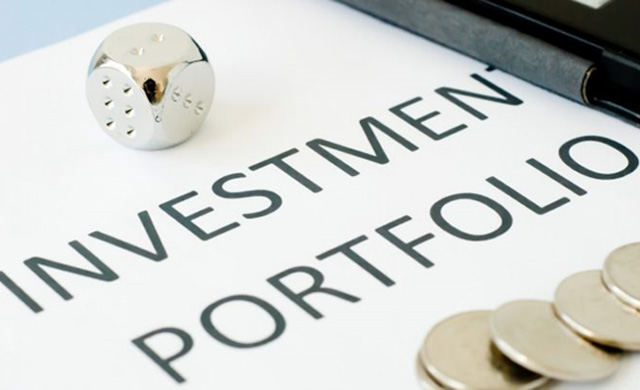N Brown (LSE:BWNG) has made average earnings per share over the last eleven years of 21.4p. Its shares now stand at 142p for a market capitalisation of £402m. Its business model is to generate sales by selling clothes, etc., without looking to make a profit directly from such sales – it has lost between £20m and £46m pa from product sales over the last five years. But customers are encouraged to pay for the items over many months with the minimum payment being 4% (or £5) of the amount outstanding.
The way it works is that a customer opens a “Personal Account” to buy goods. Each month she/he can pay for things taken and no interest will be charged for those items. If, however, they choose not to pay in full before the due date, interest is charged from the date the goods were added to the account. Thereafter, interest is calculated each period on the opening balance on the monthly statement.
The APR charged to the 1.2m customers on credit averages 57.9%. To provide the funds for this Financial Services business it borrows from banks at an annual rate of 2.3% or less.
From the table below we can see that from the £500m – £600m outstanding credit to customers at any one time the firm has received interest income plus some fee income (e.g. £12 for a missed payment) of between £242m and £270m over a year.
The cost of running the credit operations (I think) are around £5m pa and bad debts have varied from £68m to £111m. Once the bank interest charges of £7m – £9m and the losses on the Product side of the business are deducted we arrive at a profit before tax of £81m to £100m.
| £m (to March) | 2018 | 2017 | 2016 | 2015 | 2014 | ||||
| Product revenue | 653 | 627 | 607 | 583 | 593 | ||||
| Financial revenue | 270 | 261 | 260 | 254 | 242 | ||||
| Deduct bad debt | -100 | -111 | -110 | -109 | -68 | ||||
| Other financial services costs | -5 | -6 | -8 | -7 | n/a | ||||
| Gross profit on finance (margin) | 165 (61.2%) | 145 (55.7%) | 142 (54.6%) | 138 (54.4%) | n/a | ||||
| Adj Operating profit (margin) | 91
(9.8%) |
88
(9.9%) |
97 (11.1%) | 96
(11.4%) |
107
(12.8%) |
||||
| Deduct finance costs | -9 | -8 | -8 | -8 | -7 | ||||
| Adj profit before tax | 82 | 81 | 89 | 88 | 100 | ||||
| Exceptional items | -57 | -25 | -17 | -20 | -3 | ||||
| Unrealised FX movement | -8.5 | 0.2 | – | – | – | ||||
| Statutory profit before tax | 16 | 56 | 72 | 68 | 97 | ||||
| Tax | -4 | -13 | -17 | -17 | -21 | ||||
| Profit after tax | 13 | 44 | 55 | 51 | 76 |
It is encouraging to see the rise in gross profit margin on Financial Services from 54.4% to 61.2%. In the 2018 annual report this is put down to:
- Improved lending decisions, which has lowered the number of first time credit defaulters and fraud rates. “Working with partners, we’re now trialling using virtual interviews and utilising social data to access richer information which we could use for lending decisions. We’ve also gone live with a trial using Artificial Intelligence (AI) in our credit and fraud decision making.”
- More proactive with customers in financial difficulty, e.g. by lowering their interest rate or freezing the payment of interest.
- Reduced minimum payment requirement from 5% to 4% per month: “We saw a significant effect on Financial Services gross margin, as a result of a better than expected reduction in the number of customers getting into financial arrears” But I question whether this is a good thing in the long run. Yes people find it more affordable for a while, but are their debts building up? On the other hand, most customers pay more than the monthly minimum.
The 2018 Annual Report’s guidance for 2019 is that Financial Services gross margin will at best fall by 100 basis points, or at worst fall by 200 basis points.
Trials have taken place of several risk-based variable interest rates for different credit profiles. This allows lower interest charges to more credit-worthy….
……………To read the rest of this article, and more like it, subscribe to my premium newsletter Deep Value Shares – click here http://newsletters.advfn.com/deepvalueshares/subscribe-1

 Hot Features
Hot Features













